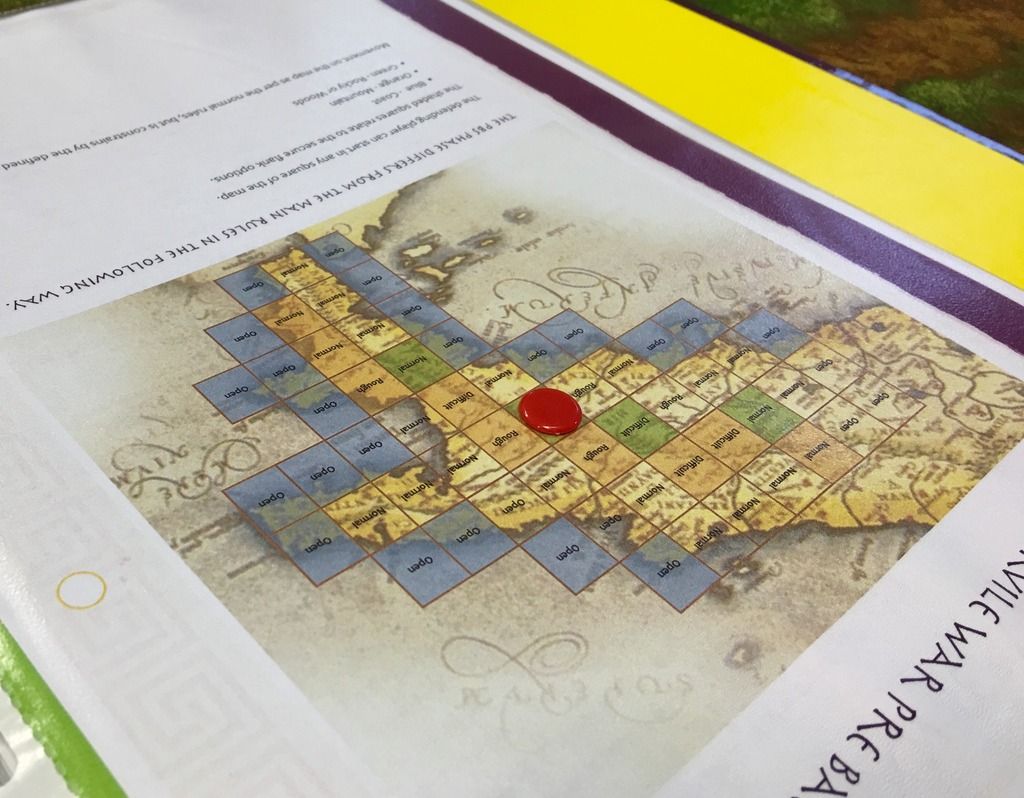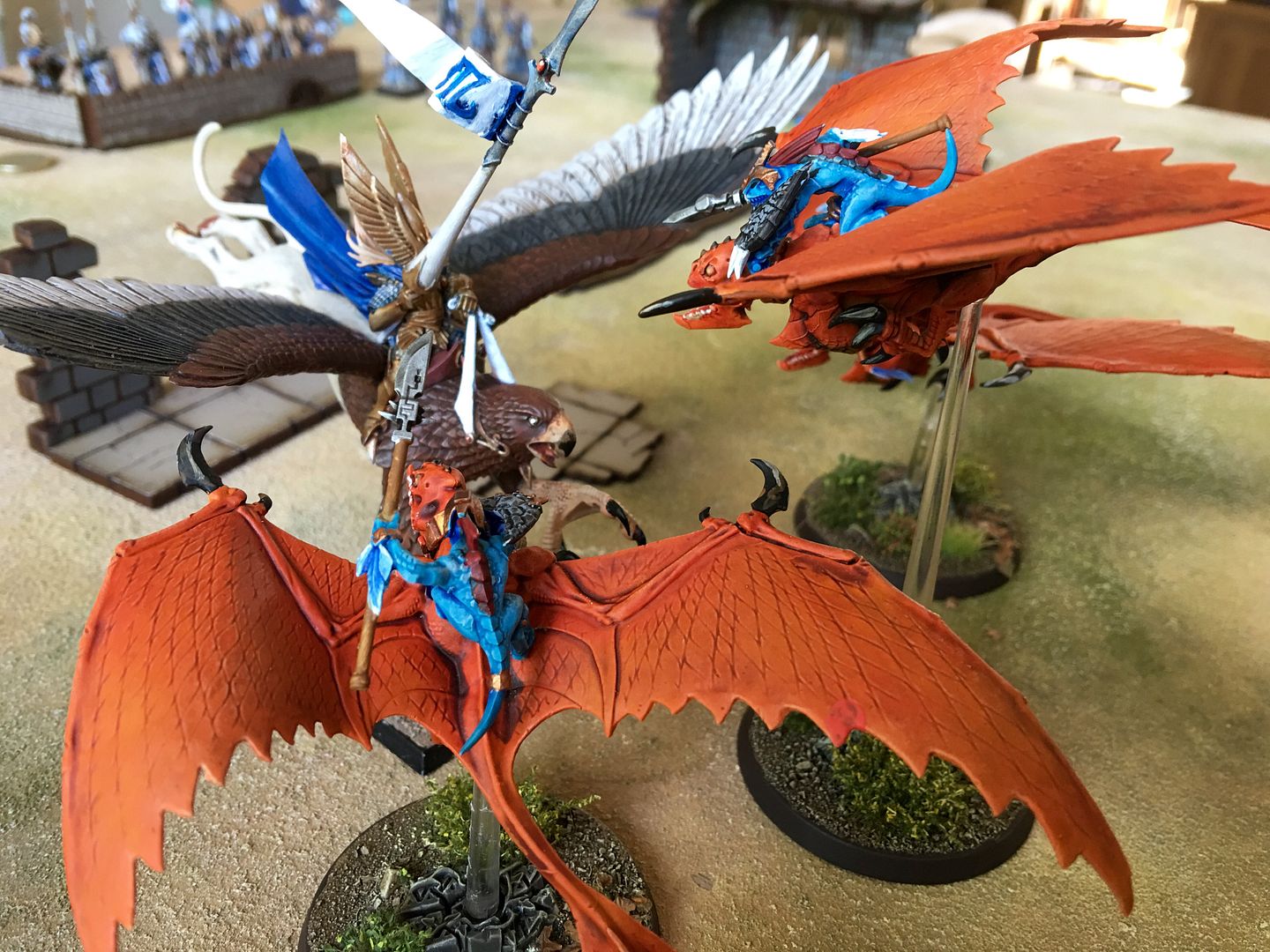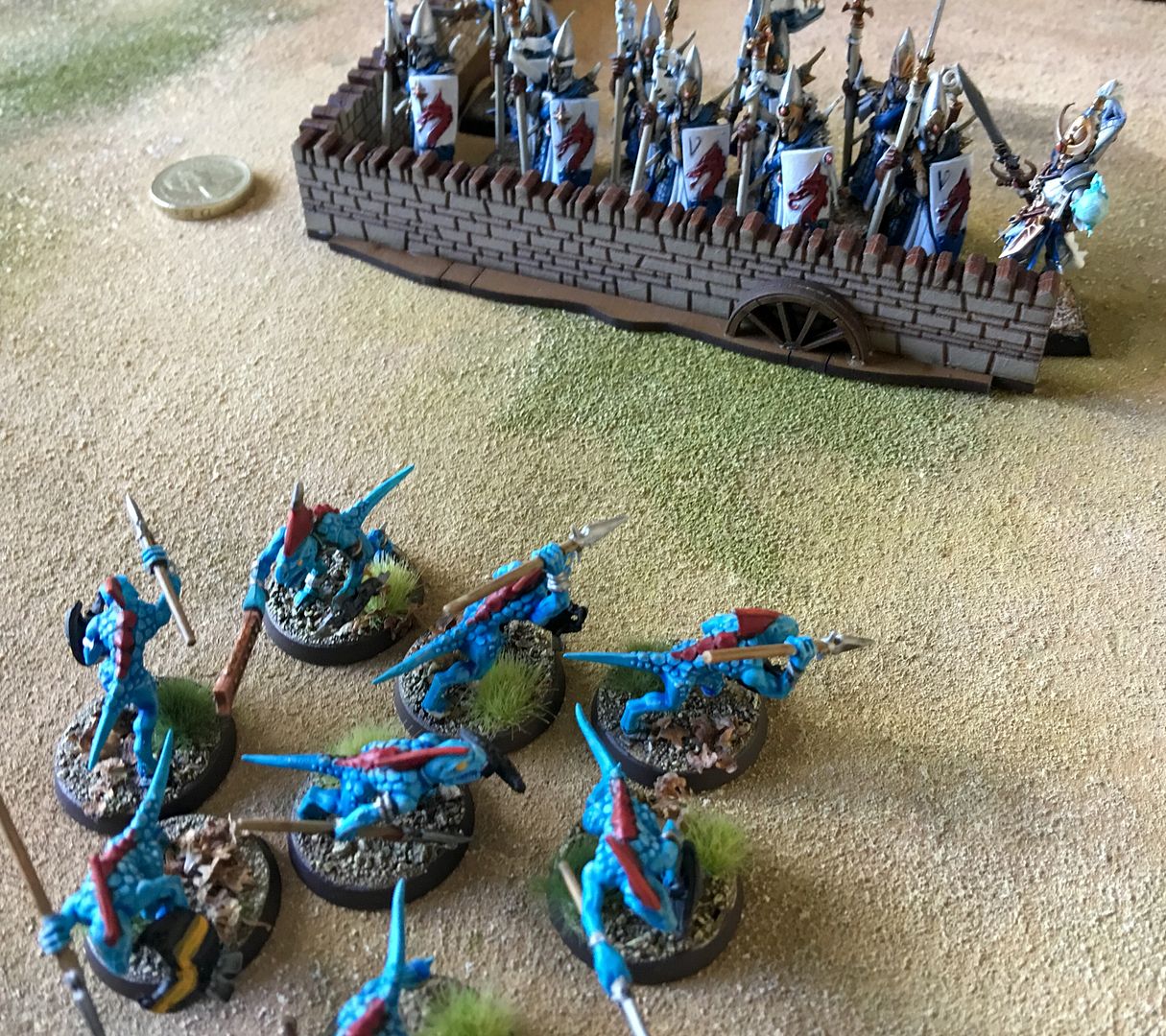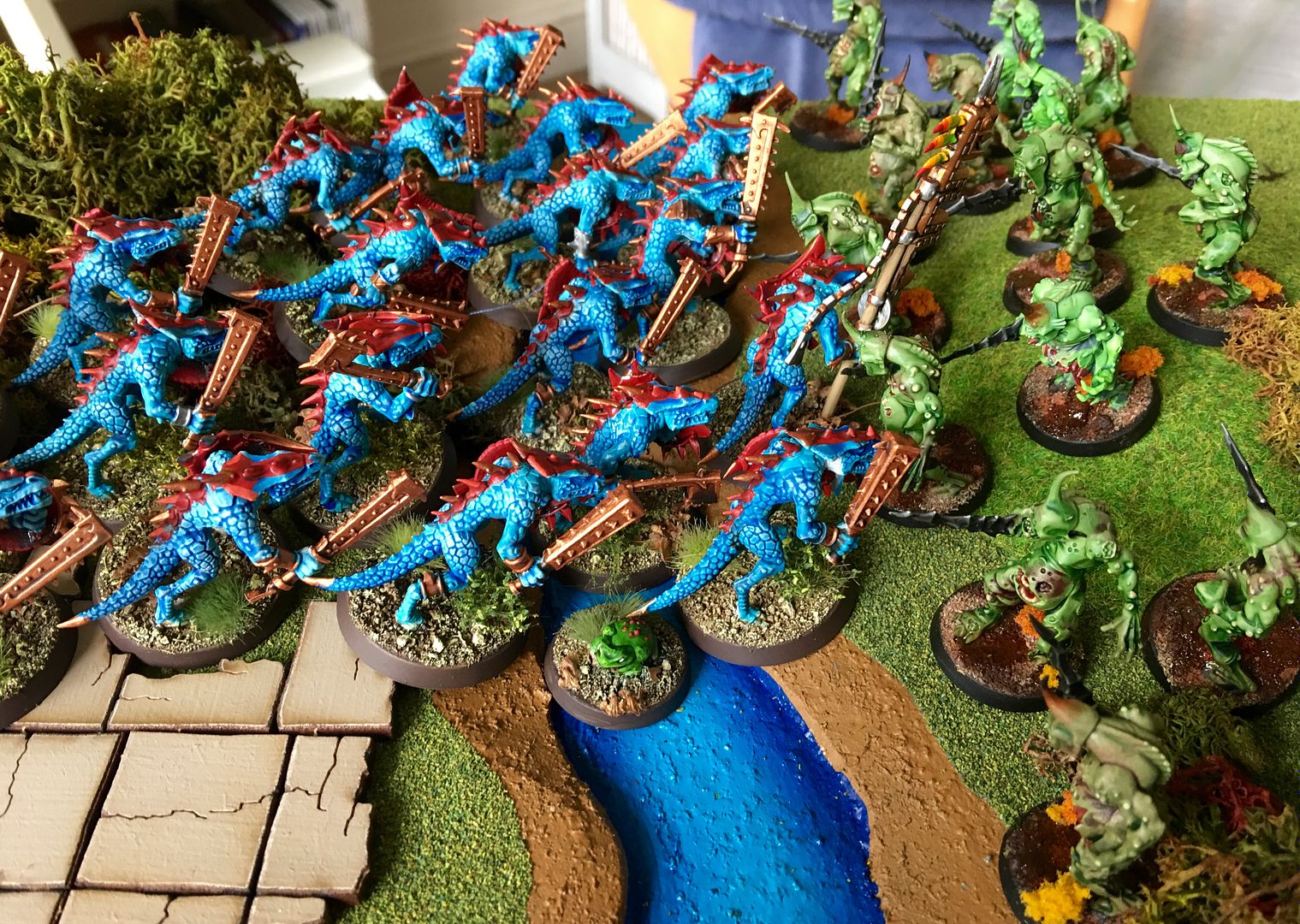 Last night we played a game that was a combination of introduction and campaign game. Dino, Paul and Peter played for the first time. I picked a game from the 3rd Servile war – Spartacus campaign. To make it a closer run thing , I picked the Romans to be led by Crassus – where the Slaves finally get beaten.
Last night we played a game that was a combination of introduction and campaign game. Dino, Paul and Peter played for the first time. I picked a game from the 3rd Servile war – Spartacus campaign. To make it a closer run thing , I picked the Romans to be led by Crassus – where the Slaves finally get beaten.
One way to play this campaign is a single game pickup. You can select lists from the campaign pack, select a date. Substitute the campaign maps for the one in the rules and away you go.
Just to talk about the lists for a moment (they are a bit fast and loose, close to 12K points).
The Spartacus list is

There are couple of campaign rules in play.
- Spartacus gets a 40% bonus to scouting is he chooses to ‘invade’ (Night Attack)
- The Slaves can also substitute the Apennine backdrop as their secure flank option ( Impassable mountain range)
The Roman list is

There are couple of campaign rules in play for Crassus
- Homeland Muster, not allies allowed
- Garrison troops, at least 25% of TuGs must be poor
- Seasons tactician, the C-in-C must be at least talented.
During the PBS stage, Spartacus and his slaves dominated. As a legendary leader they beat Crassus (red vs yellow – close thing though). They picked to defend selecting the most central location in Italy. Peter as the Roman had some decent cards, but it seemed that neither side was worried about moving from this location. The Slaves has 9 cards (3 scouting) to the Romans 7 (4 Scouting). The Slaves held on to their best 3 cards for scouting, and the Romans 2. The desultory movement was back and forth to the adjacent square, ending up with initial location

The terrain was dense with secure flank. The slaves picked the Apennine mountain, alongside some large compulsory rough hills. At this point they didn’t realise that the Romans were flexible so could switch between close and loose order. However, it was probably a good plan to at least avoid the potential ‘shove’ that close vs loose would get in the open.
A few more optional, smaller hills were placed and that concluded the battlefield. The hills were scattered evenly across the table, but it did give the slaves a good defensive position

Both sides had held onto their best scouting cards, from the prior stage – But they neutralised each other both sides having 1 red, 2 yellows. The Romans had an extra green, but not enough to give them a discernible advantage.
The armies deployed 4 groups at a time. The slaves just having a slab of ‘imitation’ legionaries, sandwiched between the ‘mob’. Crassus’s army seemed small by comparison, with just 8 TuG of Legionaries (2 of which were poor)

The plan was simple, as a test of the rule mechanisms and introduction to the game, both armies would butt each other, neither side demonstrating any tactical finesse.
The Roman army chose to float Crassus and let his subordinates take the strain. With hindsight Pete thought that this was not such a good idea, but I’m not so sure. Certainly it demonstrated the difference in the command structure.

In the fighting the Slaves held their own. The Roman equipped slaves being average impact weapon matching the Roman. The legionaries has a bit of bad luch by losing a couple of bases to skirmishing shephards ( 2 wounds on 3 black dice!) , but as the fight settled down the Roman quality started to show. Being melee expert, and average gave them a 2 dice colour advantage against the regular slaves. Combined with the ability to shove loose order (vs close) the poor slaves started to take a lot of damage. However, this was mitigated by the fact that the slaves had cunningly arranges that each legion was fighting at least 2 TuGs. So from an attrition perspective a legion could only take 3 losses, vs the Slave 4.5 per tug ( so actually against 2 TuG, the romans need to inflict 9 kills). As long as they kept throwing a white dice the Slaves can attrit their way to victory.

When we called time , the Romans looks shakey, most legions had taken a couple of casualties and were looking like they would be swamped by Spartacus and his followers.




















